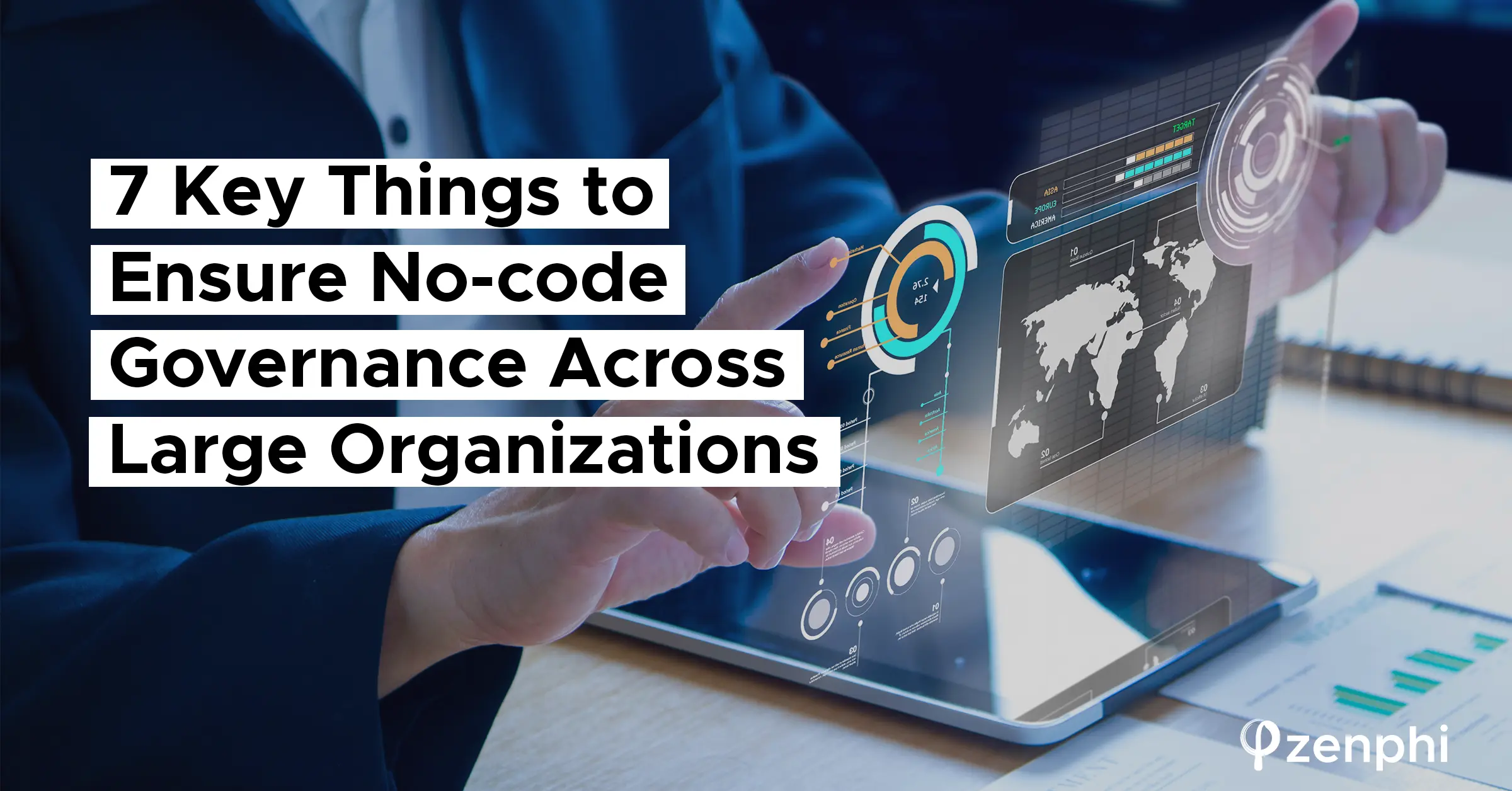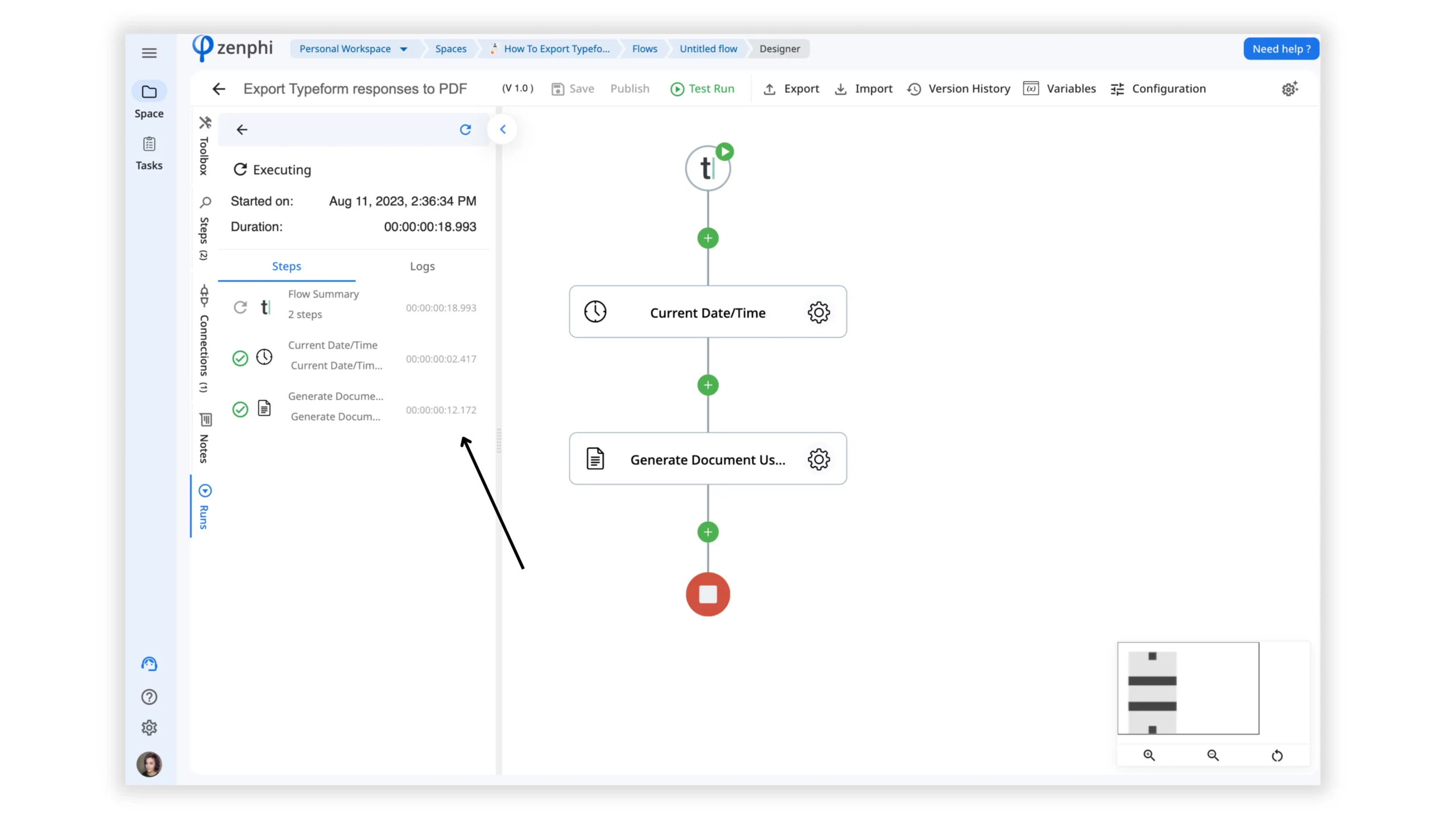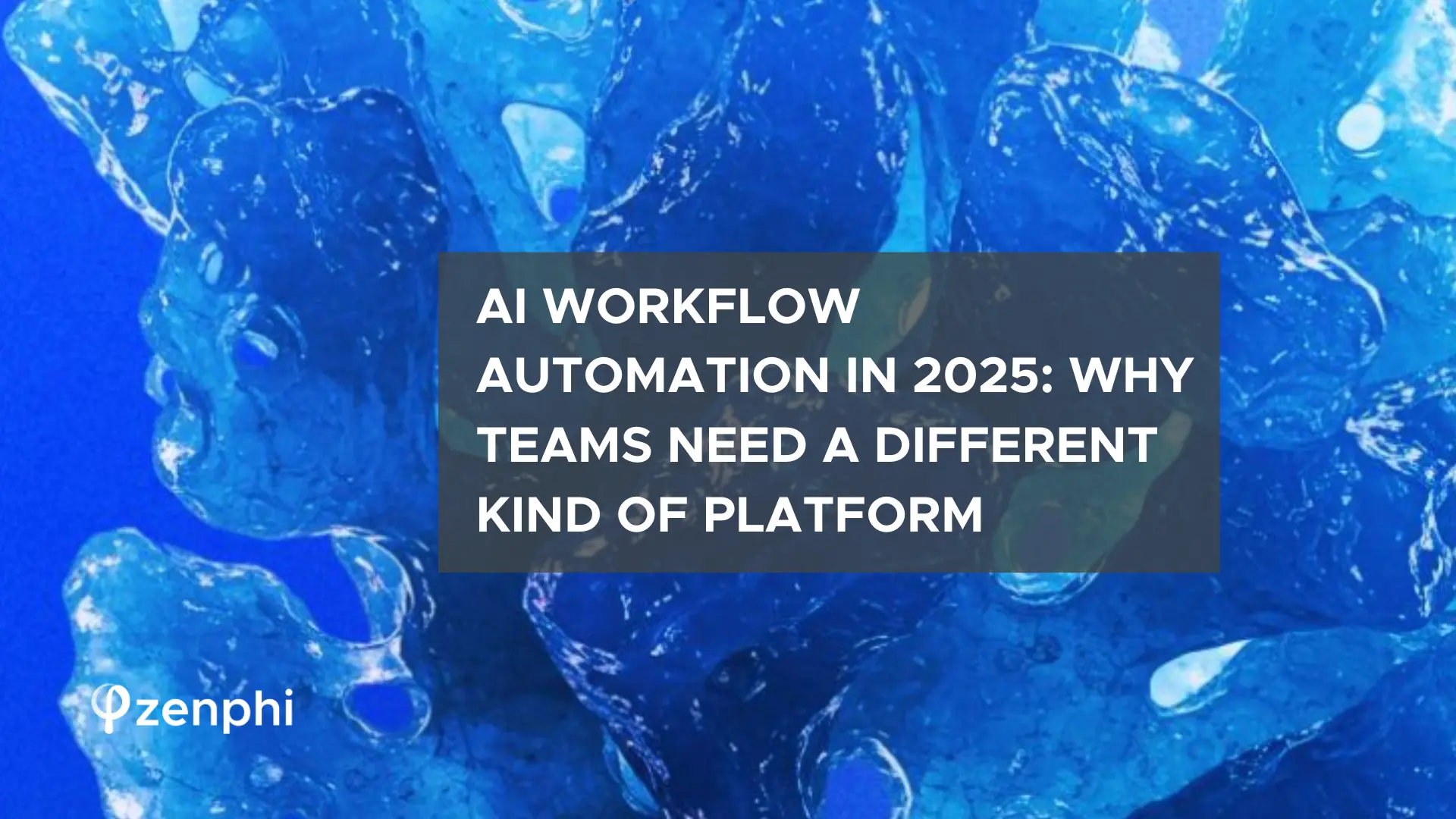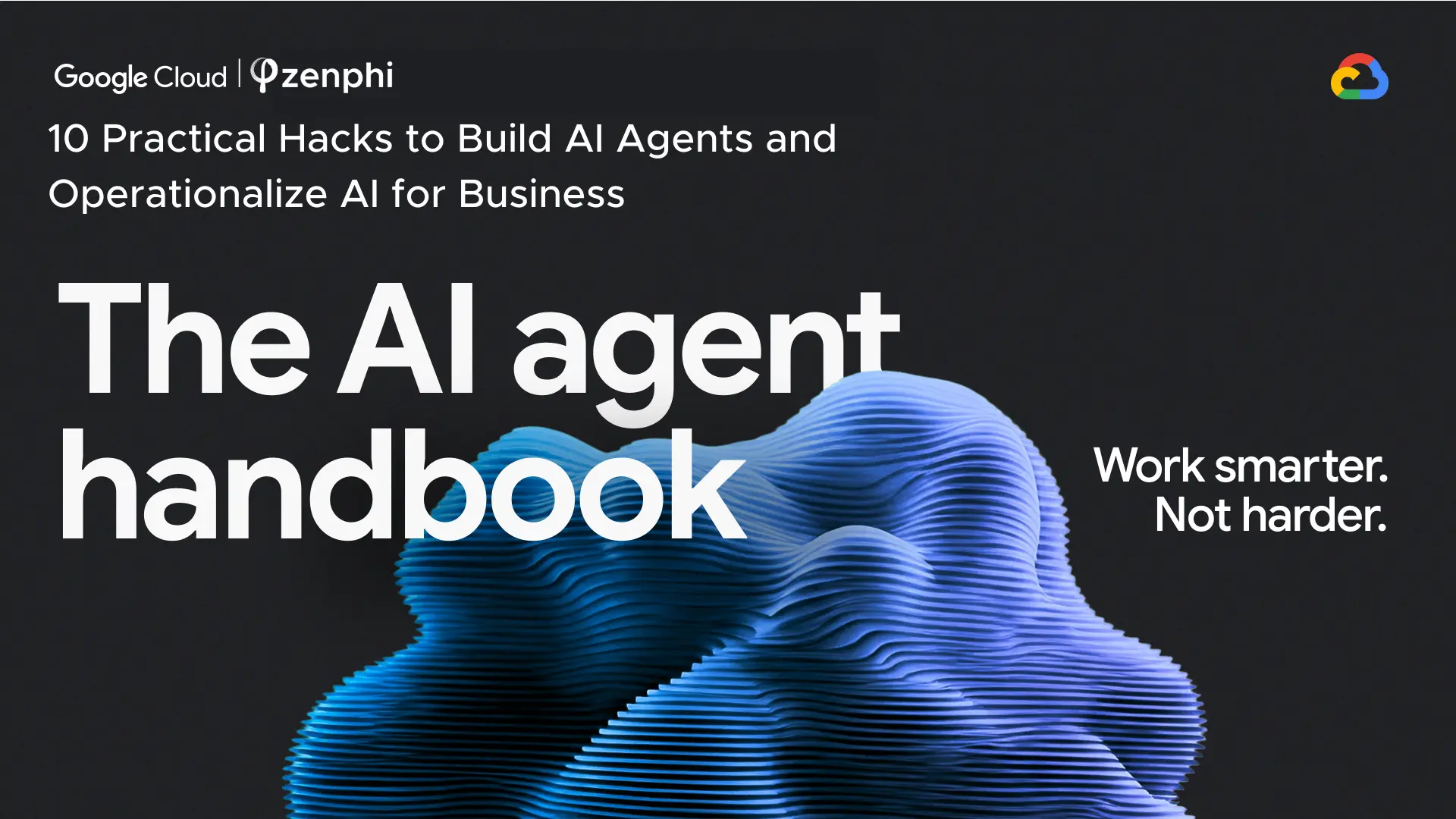In response to the surging need for streamlined business process automation, no-code platforms have emerged as remarkable solutions. These platforms empower non-technical employees and business users to create applications without the need for traditional coding skills. While this democratization of technology brings undeniable benefits, it also poses challenges, particularly in large organizations with diverse teams and intricate structures. Implementing no-code tools across multiple teams requires planning and governance to ensure effective utilization and compliance. In this article, we’ll outline seven essential factors for maintaining governance while implementing no-code solutions in substantial enterprises. These principles have consistently enabled numerous zenphi customers to excel in their no-code endeavors and foster innovation.

What is No-Code Governance?
Before delving into the practical tips, let’s establish a common understanding of no-code governance. No-code governance refers to a collection of practices, policies, and strategies implemented to oversee the creation, deployment, and maintenance of applications developed using no-code platforms. Its primary goal is to ensure that these applications align with organizational objectives, adhere to security and compliance standards, and consistently meet high standards of quality. No-code governance is necessary to strike a balance between enabling rapid application development and maintaining control over the organization’s technology landscape.
Key Factors to Ensure No-code Governance When Implementing No-code Tools
1. Define Clear Objectives
Before deploying a no-code platform (or any tech tool for that matter), establish a clear understanding of what goals it aims to achieve. Whether the intent is to streamline paperwork, expedite delivery processes, or enhance customer experiences, having well-defined objectives will provide guidance for the implementation strategy and facilitate the assessment of its success.
2. Form a Core Team
Form a core team that will be responsible for the no-code implementation and further management. It can include developers, security experts, and key business users. The core team can collaborate to define governance policies, review applications, and provide expertise where needed.
3. No-code Governance Policies and Standards
When formulating policies, begin by addressing fundamental governance questions, such as:
- What types of solutions are permitted on the platform?
- Who is eligible to develop applications on the platform? Are there any skill prerequisites?
- How will we educate our staff in utilizing the platform?
- Who bears the responsibility for monitoring, approving, and providing support for the automations?
Addressing these questions helps establish clear guidelines and ownership for no-code application development as well as prevent chaos while promoting innovation.
Then, proceed to establish security requisites and guidelines for developers. This includes defining data handling, security protocols, user access levels, approval workflows, and compliance requirements. For instance, a policy could specify how data ought to be handled, shared, and retained.
4. User Training and Support for No-code Governance and Success
Ensuring these policies are effectively communicated throughout the organization holds equal importance. That’s why providing proper training and continuous support is crucial, ensuring users can proficiently leverage the platform without compromising on governance. Training should encompass not only technical aspects but also underscore the significance of adhering to governance standards.
Many no-code tools offer educational resources such as help documentation, events, guides, and even personalized training. Therefore, opting for a platform with comprehensive educational materials can prove to be advantageous.
5. Regular Audits and Monitoring
Implement a system for regular audits and monitoring of no-code applications. Embracing this proactive approach to audits and monitoring guarantees that governance remains robust and adaptive, safeguarding the integrity of the organization’s technological landscape. It empowers the organization to take corrective actions swiftly, ensuring that the benefits of no-code implementation are harnessed while minimizing any associated risks.
6. Feedback Loop and Continuous Improvement
Encourage users throughout the organization, including both developers and end-users, to provide feedback as they engage with no-code tools. Conduct regular evaluations to gauge the effectiveness of governance measures and the overall implementation process. Utilize this valuable feedback to refine governance policies and enhance the implementation strategy progressively over time.
7. Choose the Right Tool
Select a no-code platform that prioritizes security and provides robust tooling for application testing, deployment, and management. The right platform will offer features for access control, encryption, authentication, and audit trails to ensure data security and compliance with regulatory standards.
For example, at zenphi we provide special features for larger organizations to ensure governance, like:
Dedicated Development (SandBox) Workspace: This isolated workspace allows you to experiment and test new ideas without affecting your main production environment.
Company-wide Multi Workspace Management: Streamlines the oversight of multiple workspaces, enabling centralized control and coordination across various projects or departments.
Centrally Managed Workspace Users & Quota Allocation: Simplifies user administration and resource allocation, ensuring efficient utilization across different teams.
Workflow Testing Runs: Enables thorough testing of workflows to identify and rectify issues before they impact real operations.
Audit Logs: Captures a detailed record of user activities and changes, facilitating transparency and compliance.
Multi-region Support: Allows you to select the region where your data is stored for each workspace. This capability is crucial for tailoring your data storage to meet regional compliance requirements, reduce latency, and enhance overall data security and accessibility.
Role-based security: Assigns access rights based on roles, preventing unauthorized access and ensuring data confidentiality.
Custom key rotation: Enhances security by allowing regular updates of encryption keys, safeguarding sensitive data from potential breaches.

Conclusion
Implementing no-code tools across a large organization can be a game-changer in terms of process efficiency and innovation. However, to ensure its success and maintain governance, a strategic approach is vital. By defining objectives, establishing governance policies, providing training, and fostering a culture of continuous improvement, companies can leverage the power of no-code platforms while keeping a firm grip on governance across diverse teams and projects. With careful planning and execution, a no-code approach to process automation can truly empower large organizations to achieve their goals while maintaining control and compliance.



